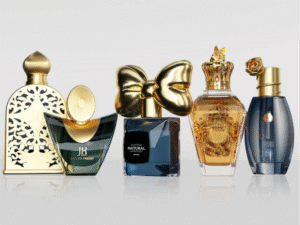Candles have long been cherished for their soft glow, soothing scents, and ability to create ambiance. Whether you’re a seasoned artisan or a curious beginner, understanding the intricacies of the candle making process can transform your passion into beautifully crafted works of art. In this comprehensive guide, we delve into the art and science behind candle making, from selecting the finest materials to mastering the techniques that bring your creations to life.

1. Choosing the Right Ingredients:
Wax: The foundation of any candle, wax comes in various forms such as soy, paraffin, beeswax, and more. Each type offers unique characteristics, so choose based on your preferences for burn time, scent throw, and eco-friendliness.

Fragrance Oils: Elevate your candles with enticing scents that evoke memories and emotions. Opt for high-quality fragrance oils specifically formulated for candle making to ensure optimal scent throw.
Wicks: Selecting the correct wick size is crucial for achieving an even burn. Consider factors like wax type, container size, and desired burn rate when choosing wicks for your candles.

Colorants: Whether you prefer vibrant hues or natural simplicity, colorants like liquid dyes and mica powders allow you to customize the appearance of your candles.
2. Equipment Preparation:
Gather essential tools such as a double boiler or melting pot, thermometer, pouring pitcher, stirring utensil, and heat source.
Ensure your work area is clean, well-ventilated, and free from distractions to facilitate a smooth and safe candle making process.

3. Melting and Mixing:
Melt the wax to the recommended temperature, taking care to avoid overheating and potential safety hazards.
Once melted, incorporate fragrance oils and colorants, stirring gently to ensure even distribution and saturation.
Monitor the temperature throughout the mixing process to maintain consistency and prevent overheating.
4. Preparing Containers and Wicking:
Secure wicks in the center of each container using adhesive tabs or a wick holder to prevent shifting during pouring.
Consider factors like wick type (cotton, wood, or hemp) and size to achieve optimal burn performance for your specific container and wax combination.

5. Pouring and Curing:
Carefully pour the wax mixture into prepared containers, leaving a small gap at the top to prevent overflow.
Allow candles to cool and cure undisturbed for the recommended timeframe, typically 24-48 hours, to achieve optimal scent throw and burn performance.
Trim wicks to the desired length, typically around 1/4 inch, before lighting to promote clean, even burning.

Whether you are buying it for personal enjoyment, as a gift or for sale, every step of the scented candle making process offers a rewarding journey filled with sensory delights and heartfelt moments of inspiration. Served in a beautiful candle jar, it is a perfect work of art.



